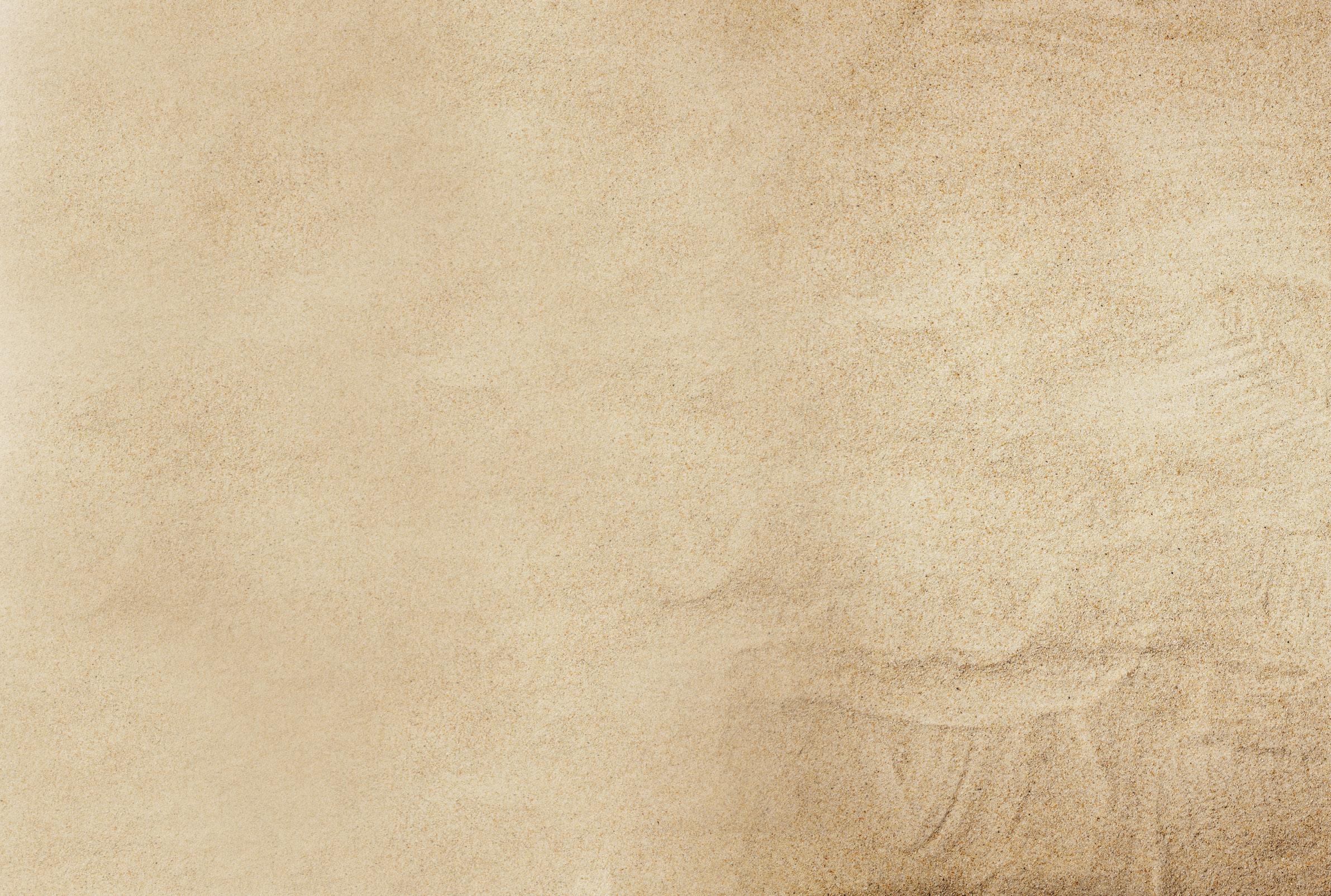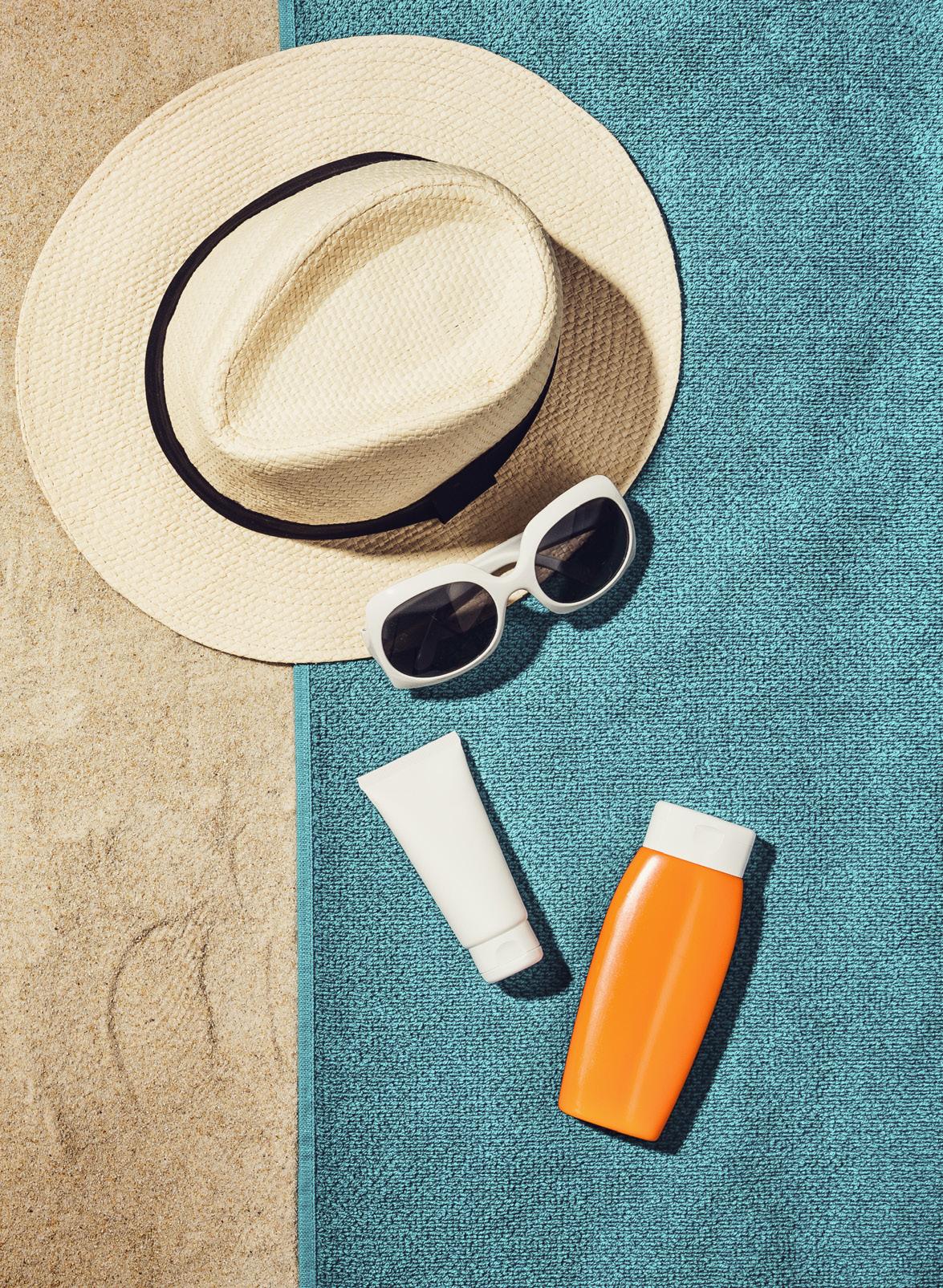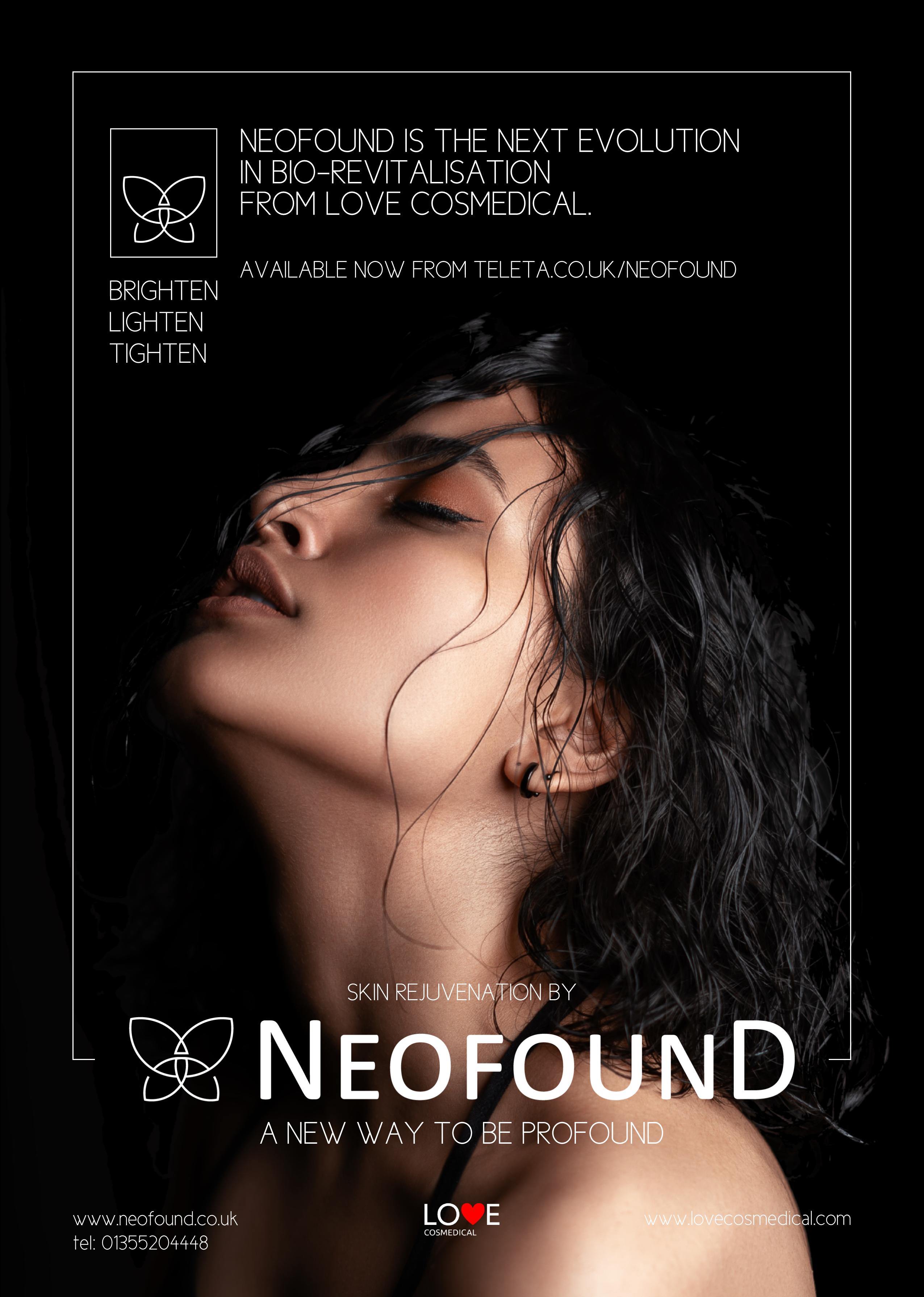
8 minute read
Take Care of Your Skin Health This Summer
With the sunny months upon us, we ask is SPF really that important?
After more than two years living under the cloud of the COVID-19 pandemic, this summer will bring with it a much-anticipated sense of freedom to enjoy some fun in the sun with friends and family. As well as being a great mood-booster, the sun is an important source of vitamin D, which is needed for healthy bones and which the body creates through direct sunlight on the skin. However, sun exposure is not without risk, so protecting the skin from its harmful effects should be top of any sunworshipper’s list of priorities.
Advertisement
Mr Paul Banwell, consultant plastic surgeon, The Banwell Clinic, East Grinstead IG: @paulbanwell
While most people acknowledge the link between sun exposure and skin cancer, they may not be aware that the sun is directly responsible for around 90% of the visible signs of ageing on our skin. The process is known as photoageing and causes those familiar indications associated with age: lines and wrinkles, pigmentation (age spots, liver spots, blotchiness), loss of elasticity, broken capillaries (spider veins), and uneven skin texture. “The skin is subject to all sorts of damage mainly from what we call the solar constant. That includes ultraviolet radiation that we’ve all heard of – UVA and UVB – but also includes radiation from infrared and visible light,” explains Mr Paul Banwell, consultant plastic surgeon specialising in skin. “Those wavelengths damage the intrinsic structure of the skin, leading to ageing and potentially, skin cancer.”
How the sun damages the skin
Ultraviolet rays, UVA and UVB, are the commonly known wavelengths of light produced by the sun. When they hit the skin, they penetrate both superficially and to the deeper layers of the dermis, breaking down the skin’s DNA. According to Mr Banwell, the impact is seen straight away as you begin to develop a suntan. That deepening pigmentation is caused by increased production of melanin, a process kickstarted by the skin’s cells to safeguard against further harm. In other words, even if you don’t burn, any change in your skin’s colour is a sign of injury and means your body is in damage-limitation mode. Over time, radiation degrades the collagen and elastin fibres that form the skin’s structure and give youthful skin its plump, taut appearance. That loss of elasticity gradually yields the hallmarks of age – fine lines, wrinkles and sagginess. More dangerously, if the skin’s DNA sustains enough long-term damage, the cells multiply and grow uncontrollably and can lead to cancer. The damaging effects of the sun start to unfold long before the tell-tale signs emerge. “If you’re in the sun a lot from a young age, your cumulative sun exposure increases, which means your risk of skin damage is higher,” Mr Banwell says, adding, “Any burning episodes, especially during childhood or when younger, are highly predictive of future skin cancer formation.” In fact, Mr Banwell reiterates that just one episode of blistering sunburn as a child, or burning in the sun five or more times at any age, doubles your risk of developing melanoma, an often-deadly form of skin cancer that’s
most prevalent in older age groups. The most common type of skin cancer – basal cell carcinoma – is more often diagnosed from middle age, although according to Mr Banwell, “We see those increasingly in younger people as well, through cumulative exposure to the sun or sunbeds.” Even individuals with darker skin tones are at risk Mr Banwell says, “Many people believe that those with dark skin are not susceptible to skin cancer, but this absolutely isn’t the case and when it comes to the signs of ageing, these people are at higher risk to suffer from pigmentation as they age.”
Preventing sun-induced skin damage and ageing
The best way to prevent photoageing and skin cancer is, unsurprisingly, to limit your sun exposure as much as possible, especially when the sun is at its strongest – in the UK, that’s between 11am and 3pm. However, there may be times when you can’t avoid being outdoors, for example if you work outside or do a lot of sports. In that case, covering up and wearing a sun hat and large-framed sunglasses will offer some protection.
As Mr Banwell says, the best solution comes in a bottle! “Standard skin cancer protection – i.e. using sunscreen – is also the most powerful antiageing strategy,” he points out. “SPF, or sun protection factor, still forms the cornerstone of sun protection strategies, but in recent years they have increased dramatically in their complexity and diversity, which is exciting.” Nowadays, as well as safeguarding against UVA and UVB rays, some high-quality, over-the-counter sunscreens also protect against infrared radiation (IR) and visible light. Research shows that although those wavelengths cause minimal harm on their own, they are significantly more potent when combined with UV radiation – such as when sunlight is the source. IR and visible light do not cause sunburn and likely don’t increase the risk of skin cancer, says Mr Banwell. However, they penetrate deep into the dermal layers of the skin, triggering a similar response to UVA rays and, as such, have an ageing effect. Many sunscreens also contain ingredients like antioxidants that prevent the production of free radicals, molecules generated by the solar constant and by environmental pollutants, and which damage the skin. Mr Banwell favours two brands in particular – Rationale and Heliocare. If you’re tempted to trade the sun for an artificial alternative, the advice is clear. “Sunbeds are an absolute no-no,” Mr Banwell adds. “They are a focused, intense, synthetic UV radiation that can cause cancer and accelerate ageing.” The safest way to ‘fake it till you make it’ also comes in a bottle, with no shortage of self-tanning products available to buy. Some contain SPFs, but while the tan may last, the SPF element wears off, so you still need a good sunscreen as well, emphasises Mr Banwell. Since fake tan can potentially compromise the efficacy of sunscreen, it’s best to apply the tan in the evening and use sunscreen as directed during daylight hours. In a similar vein, if you’re wondering whether the SPF in your everyday foundation will provide all the protection you need, the verdict is a resounding ‘No’. “The SPF in makeup is unfortunately not sufficient, although every little does help. People should wear sunscreen as well,” Mr Banwell notes.

Mr Paul Banwell


Know your sunscreen
The very best sunscreens in the world are worthless if not applied correctly. That means using a generous amount on all exposed body parts, and – essentially – reapplying every few hours, as well as after sweating, swimming, towelling off or getting changed. Mr Banwell explains that sunscreens in the UK bear two ratings: an SPF between 2 and 50+ and a UVA star rating out of five. SPF represents how long it would take for your skin to burn with versus without sunscreen applied. For example, a sunscreen with SPF30 means that if applied correctly, it will take 30 times longer for you to burn than with no SPF. So, if your bare skin would burn in 10 minutes, it would take 300 minutes – or five hours – to burn if you wear SPF30 and apply it as directed. The higher the UVA star rating, the better the protection against the ageing effects of the sun’s radiation. Mr Banwell advises to look for a five-star rating where possible and, again, apply regularly and generously. General advice is to use an SPF of at least 30, but if you’re particularly susceptible go for 50+.
Moles and more – when to seek advice
If you have a number of moles, you’ll likely know the importance of being vigilant. Moles that change over time are often indicative of skin cancer. Familiarity with what your skin is normally like can help you keep track of changes. Other types of non-cancerous pigmented skin lesions that are not moles, sometimes called nevi, can also alter with time and therefore warrant close observation. That’s not to say all moles or marks that exhibit changes are necessarily cancerous; so seeking medical advice from your GP in the first instance is crucial to promptly diagnose or rule out anything ominous. “Any new little lumps or bumps that are present for more than four months, that bleed or don’t heal, especially if you have a history of sun exposure, need to be checked,” Mr Banwell advises.
Four seasons of skincare
Investing in your skin health, or ‘skinvestment’, is a profitable pursuit not only in the summer, but all year-round. A tailored skincare regime will maximise all the benefits of using a good, full-spectrum (five-star, SPF30 or higher) sunscreen and limiting sun exposure. According to Mr Banwell, there are a few key components to look out for in your topical products. Vitamin B3, known as niacinamide, hydrates the skin, reduces inflammation and thickens the outermost layer of the epidermis. The antioxidant resveratrol, found in red grapes among other plants, is thought to have anticarcinogenic properties so will preserve the skin and potentially guard against cancer. The final must-have, Mr Banwell says, is vitamin D, which has antioxidant and antiageing benefits, improving skin cell renewal and combatting damage from free radicals. “On top of all that, think about oral supplementation and cosmetic treatments,” he comments. “Chemical peels, microdermabrasion and microneedling, alongside a good skincare routine encompassing SPF for example, improves your skin quality and therefore also go some way to protecting it against ageing and skin cancer.”
The ABCDE of moles – what to look for
A = Asymmetry. Melanomas tend to have an uneven, asymmetrical shape. B = Border. Melanomas normally have a jagged, irregular border. C = Colour. Melanomas are often uneven in colour, or have different shades of pink, brown or black. D = Diameter. Melanomas typically measure 6mm or more in diameter, while normal moles are normally the size of a pencil tip or smaller. E = Evolving. Melanomas usually evolve or change in size, colour or shape, become itchy or crusty, or bleed.










